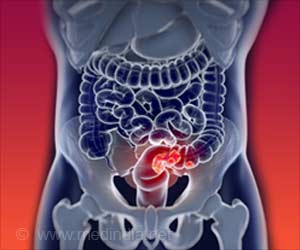Breast cancer is a worldwide health challenge despite advances in both diagnosis and treatment of the disease. Now a new imaging technology promises better diagnosis and treatment for breast cancer.

The team, led by Professor Deirdre Meldrum, ASU Senior Scientist and Director of the Center for Biosignatures Discovery Automation at Biodesign has examined normal, benign and malignant cells, using the first and only research Cell-CT (VisionGate, Inc., Phoenix, AZ)—a specialized instrument capable of imaging cells in vivid 3-D with true isotropic resolution. The technology permits the examination of subtle cellular details inaccessible by more conventional forms of microscopy that are inherently 2-D.
The group's findings appear in today's issue of the journal PLoS ONE.
The 3-D movie images of cells observed in the study reveal numerous telltale traces of their condition as normal or aberrant. Professor Meldrum says "there are numerous quantitative morphological parameters that are indicative of disease and may be used as biosignatures for disease staging and diagnosis. For example, a cancerous cell typically has an enlarged nucleus, nuclear invaginations, chromosome mutations, and unique nuclear shape changes."
Breast cancer remains the most common cancer in women. In 2011, an estimated 232, 000 new cases were diagnosed and some 39,000 fatalities occurred. Over a normal lifetime, 1 in 8 women will be diagnosed with the disease. In general, breast cancer begins either in the ducts of the mammary gland, (ductal carcinomas) or the lobes of the breast (lobal carcinomas).
Currently, the definitive clinical diagnosis of malignancy relies on careful examination of the nuclear structure of cells that have been prepared by histological staining and subjected to bright field microscopy. According to Vivek Nandakumar, lead author of the current study, pathologists qualitatively examine cell features including nuclear size, shape, nucleus-to-cytoplasm ratio, and the texture of cell chromatin. However, these observations do not involve quantitative measurements that would promote a more accurate analysis.
Source-Eurekalert
 MEDINDIA
MEDINDIA




 Email
Email










